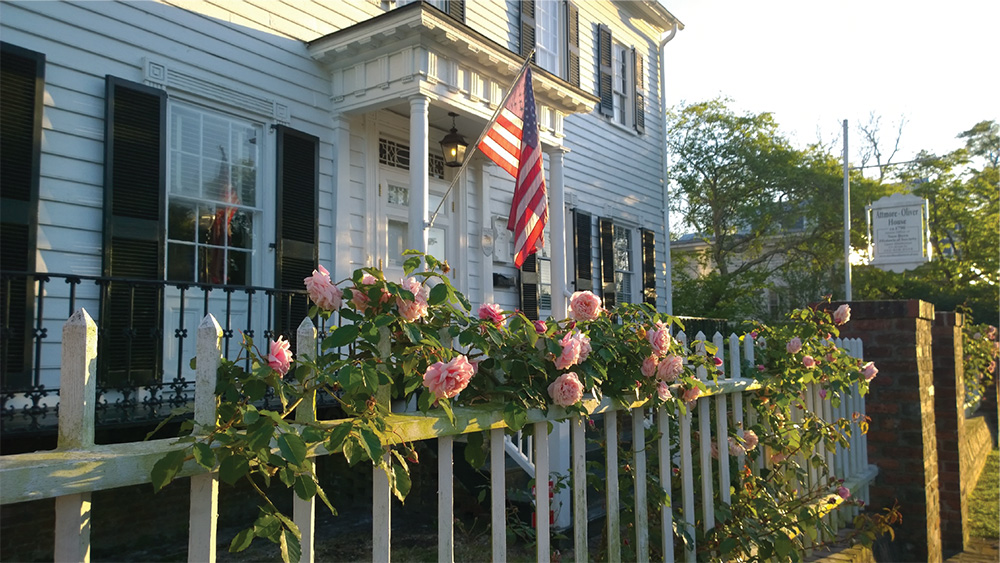
On February 2, 1864, Commander John Taylor Wood of the Confederate Navy, led a raid involving 14 boats and carrying 250 sailors from Kinston to the Neuse River at New Bern. The 325-ton federal steamer USS Underwriter was captured at New Bern in a well-executed pre-dawn raid. Read more . . .
Courtesy of This Day in North Carolina History.


